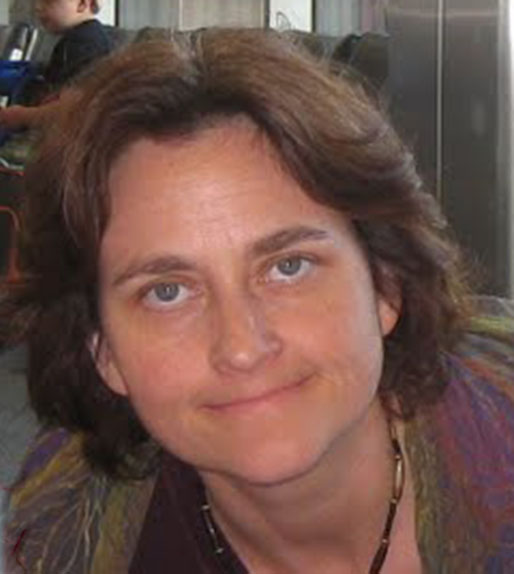Dr. Davis was a graduate scholar in the NIH Comparative Biomedical Scientist Training Program in partnership with North Carolina State University and the National Institute of Allergy and Infectious Diseases, 2007-2014.
She conducted her Ph.D. dissertation research in the laboratory of Dr. Jeffery K. Taubenberger, M.D.,Ph.D., Viral Pathogenesis and Evolution Section, Laboratory of Infectious Diseases, National Institute of Allergy and Infectious Diseases, NIH. Dr. Davis received her D.V.M. and Residency Certificate in Veterinary Anatomic Pathology in 2007 and 2009 respectively from North Carolina State University College of Veterinary Medicine. She also has a BA in Computer Science modified with education and a graduate certificate in secondary school science education from Dartmouth College.
Currently, Dr. Davis leads scienfic operations at a startup in the cellular agriculture space. Specifically, she is working on making seafood delicacies outside of animals using in vitro techniques. Laboratory operations are based in Sacramento, CA. Dr. Davis is active in multiple scientific professional societies including senior leadership roles in the Histochemical Society and also serves on the editorial boards of the Journal of Histochemistry and Cytochemistry as well as the Veterinary Pathology.
Prior, as an Assistant Professor for Experimental Veterinary Pathology at Kansas State University and Extraordinary Faculty at the University of Pretoria, Dr. Davis focused on the comparative pathogenesis as well as development of detection and mitigation techniques for several transboundary animal diseases of relevance to production animal agriculture including zoonotic emerging viruses such as Rift Valley fever virus, African swine fever virus as well as SARS-CoV-2.
At the NIAID her research focused on the comparative pathogenesis and response of a diversity of mammalian species to a variety of influenza A viruses, including reconstructed 1918 and 2009 H1N1 pandemic strains. Additionally, she studied the interspecies variability in host response to influenza A virus via in vivo experimentation, digital and light histopathology, immunohistochemistry and immunofluorescence. While at NIAID, she focused on methods development in the following areas: diminishing autofluorescence in formalin-fixed, paraffin-embedded tissue, multi-label antibody and lectin based immunofluorescence, and validation of the in vitro cell models against human/animal tissues of origin. This work led to additional collaborations in other areas of respiratory pathology. Her graduate committee members included: Jeffery Taubenberger, M.D., Ph.D. (co-chair), J. Mac Law, D.V.M., Ph.D., Diplomate, The American College of Veterinary Pathologists (co-chair), James Shelhamer, M.D., Deputy Chief, Critical Care Medicine Department, Clinical Center, NIH and Fred Fuller, Ph.D., North Carolina State University, College of Veterinary Medicine.


